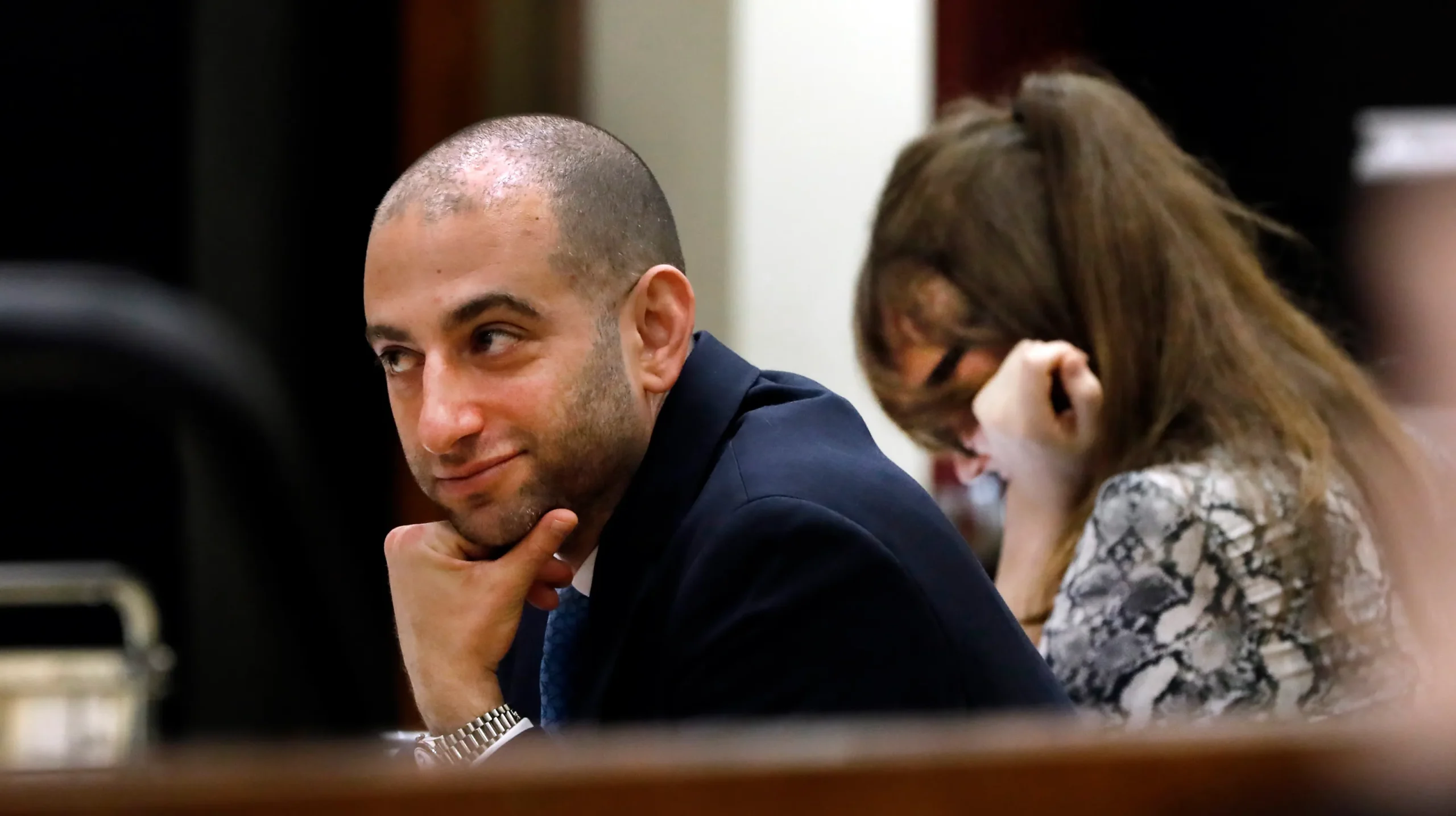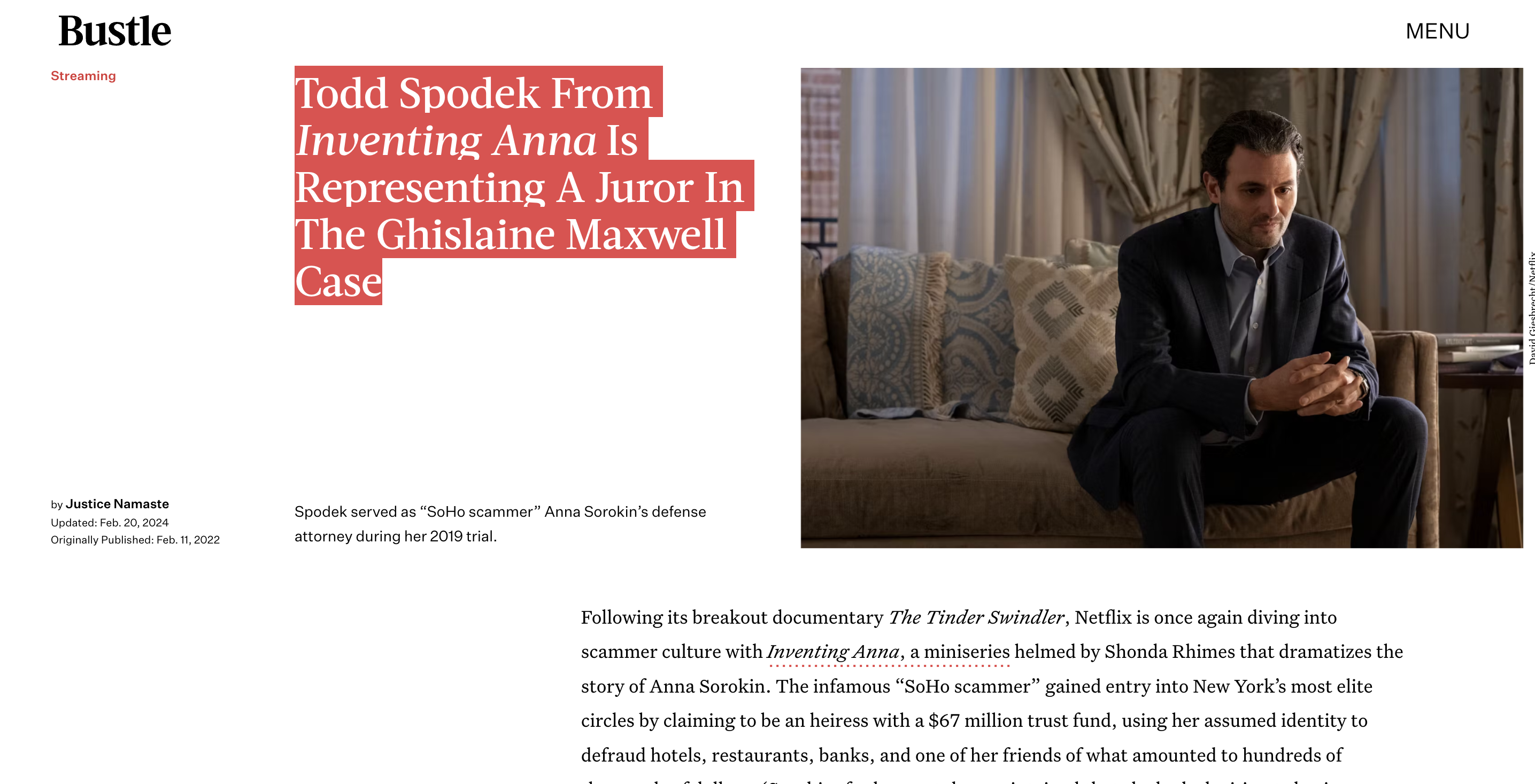Blog
Safety Valve in Conspiracy Cases: Can Co-Conspirators Qualify?
Contents
- 1 Safety Valve in Conspiracy Cases: Can Co-Conspirators Qualify?
- 2 Overview of the Safety Valve
- 3 Applying the Safety Valve to Conspiracy Cases
- 4 Circuit Split on Applying Safety Valve to Co-Conspirators
- 5 How Courts Decide Whether Co-Conspirators Qualify for Safety Valves
- 6 Should All Co-Conspirators Be Treated Equally for Safety Valve Purposes?
- 7 How Might the Supreme Court Resolve This Circuit Split?
- 8 What This Means for Defendants Seeking Safety Valves in Conspiracy Cases
- 9 Resources for Safety Valve Relief in Conspiracy Cases
Safety Valve in Conspiracy Cases: Can Co-Conspirators Qualify?
The “safety valve” provision in federal sentencing law allows judges to impose sentences below the mandatory minimums for certain nonviolent drug offenders if they meet 5 criteria listed in 18 U.S.C. § 3553(f). But an open question has been whether the safety valve applies in conspiracy cases involving multiple defendants. Can co-conspirators qualify for safety valve relief even if their associates do not?
Overview of the Safety Valve
Enacted in 1994 after complaints that mandatory drug sentences were too harsh, the safety valve was intended to allow less culpable offenders to receive reduced sentences. To qualify, defendants must show:
- Limited criminal history
- Nonviolence
- No injuries/weapons involved
- Not a leader/organizer
- Truthful cooperation

If all 5 criteria are met, the judge can disregard mandatory minimums and follow the Federal Sentencing Guidelines instead. This often results in substantially shorter prison terms.The First Step Act of 2018 expanded the safety valve by reducing the criminal history requirement. Now defendants with up to 4 criminal history points can qualify, rather than just 1 point previously. This change opened up safety valve relief to more offenders.
Applying the Safety Valve to Conspiracy Cases
Conspiracy cases pose challenges in applying the safety valve, especially criterion #4 – not being an organizer or leader. When multiple defendants are charged in a conspiracy, some may have played dominant roles while others were peripheral players.Federal courts have split on whether minor co-conspirators can receive safety valve relief if their associates do not qualify. Some courts take a “defendant-specific approach” allowing minor players to benefit even if the leaders cannot. But other courts bar any co-conspirators from safety valve eligibility if anyone in the group is excluded.Defense lawyers argue that Congress intended the safety valve to apply based on each defendant’s individual role, not the conspiracy as a whole. So peripheral members should not lose eligibility just because their co-defendants played larger parts.But prosecutors counter that conspiracy liability depends on the acts of all members. Letting some co-conspirators benefit from safety valves would undermine accountability.
Circuit Split on Applying Safety Valve to Co-Conspirators
Currently the federal appeals courts are divided on this issue. The First, Second, and Third Circuits allow minor co-conspirators to qualify for safety valves even if leaders or organizers are ineligible. But the Fifth, Eighth, and Tenth Circuits take a conspiracy-wide approach that bars any defendant from safety valve relief if anyone in the group is excluded.Defense attorneys hope the Supreme Court will resolve this circuit split soon. As one lawyer told Law360, the current uncertainty causes “unwarranted disparities” in sentencing co-conspirators for the same crimes depending solely on which circuit they are prosecuted in.
How Courts Decide Whether Co-Conspirators Qualify for Safety Valves
To determine if a particular defendant qualifies for safety valve relief, courts examine their individual role along with 4 key factors:
1. Scope of the Conspiracy
Broad conspiracies involving drugs, weapons, and violence weigh against safety valve eligibility. But more limited schemes suggest minor roles.In US v. Silva, the First Circuit allowed a safety valve because the defendant merely allowed drugs to be stored in his apartment temporarily. The court found he had a minimal role in a narrow conspiracy.But in US v. Brown, the Tenth Circuit denied a safety valve to a driver transporting meth. The court said the underlying conspiracy was too violent and extensive for any co-conspirators to qualify.
2. Defendant’s Acts
Courts examine what specific acts the defendant committed and how essential they were to the conspiracy’s success. Tangential involvement suggests safety valve eligibility even if partners played major roles.The Third Circuit’s US v. Wilson allowed a safety valve for a defendant whose only act was riding in a car to pick up drugs. The court deemed this a minor part in the scheme.But in the Fifth Circuit’s US v. Mitchell, a defendant was denied a safety valve because he personally delivered large drug quantities, making him an “indispensable participant” even if leaders organized the deals.
3. Knowledge and Intent
Defendants who knowingly join conspiracies and intend to further illegal goals are less likely to receive safety valves. But unwitting participation or benign intents may qualify.The First Circuit allowed safety valves in US v. Ortiz-Santiago because the defendant thought he was just giving friends a ride and had no idea drugs were involved. His unknowing role was deemed minimal.But the Eighth Circuit barred safety valves in US v. Gamboa-Cardenas because the defendant was aware the conspiracy involved distributing large drug quantities. This mental state excluded him from relief.
4. Profits and Compensation
Defendants who receive significant money or valuables from conspiracies are unlikely to qualify for safety valves since profits imply major roles. But those gaining little benefit may still be eligible.In US v. Thompson, the Third Circuit allowed a safety valve where the defendant merely stored drugs in his home and received no payment. His lack of profits reflected an ancillary part in the scheme.But the Fifth Circuit rejected safety valves in US v. Brown because the defendant was well-paid to deliver drugs across state lines, making him an “essential figure” in the conspiracy. His substantial profits barred relief.
Should All Co-Conspirators Be Treated Equally for Safety Valve Purposes?
The circuit split centers on a policy debate over whether co-conspirators should be treated equally or individually when applying the safety valve. Each approach has merits and drawbacks.
Benefits of a Uniform Approach
Barring all co-conspirators from safety valves if any member is excluded promotes uniformity and shared responsibility. Leaders who organize conspiracies depend on subordinates to carry out illegal acts. Letting minor players off the hook weakens deterrence and accountability.The Fifth Circuit explained in US v. Brown that “each co-conspirator is responsible for others’ foreseeable acts” in furthering illegal schemes. So no one should qualify for safety valves if higher-ups are excluded. Imposing relief inconsistently among interdependent co-defendants would be unfair.
Benefits of Case-By-Case Approach
But analyzing safety valve eligibility individually for each defendant based on their own role and intent better serves justice. Not all co-conspirators actively participate or even know about associates’ illegal acts. Penalizing minor players because leaders don’t qualify needlessly ruins lives over peripheral involvement.The First Circuit explained in US v. Ortiz-Santiago that “guilt by association is not a recognized basis for denying safety valve relief.” Courts must determine eligibility based on each defendant’s specific circumstances rather than group status.
How Might the Supreme Court Resolve This Circuit Split?
Many expect the Supreme Court will grant certiorari soon to settle the circuit split over applying safety valves to co-conspirators. Some petitions for cert are already pending.If the Court adopts a uniform approach, minor co-conspirators nationwide would lose safety valve eligibility anytime leaders or organizers are excluded. But if the Court allows case-by-case determinations, local precedents in each circuit would continue guiding eligibility.Most legal experts predict the Court will endorse an individualized approach given Congress’ 2018 amendments emphasizing that safety valve applicability should focus on each defendant’s criminal history. Treating all co-conspirators alike clashes with this reforms’ goal of extending relief to more offenders based on their personal backgrounds.So while prosecutors urge uniformity across groups, the Court will likely find that policy inconsistent with the safety valve’s purpose. Letting minor actors receive shorter sentences despite associates’ broader roles or disqualifying factors better serves justice.
What This Means for Defendants Seeking Safety Valves in Conspiracy Cases
Currently, whether minor co-conspirators can qualify for safety valves when leaders cannot depends entirely on which federal circuit they are prosecuted in. This leads to unfair inconsistencies nationwide.But if the Supreme Court weighs in soon, a likely individualized approach would be positive news for defendants with smaller roles in multi-member schemes. Even if top organizers fail to qualify, those playing peripheral parts may still benefit.Of course, eligibility still depends on meeting all 5 safety valve criteria. But in jurisdictions taking a conspiracy-wide approach, some defendants currently have no hope regardless of their cooperation or nonviolent history.A Supreme Court ruling endorsing case-by-case assessments would give minor participants nationwide a chance at sentencing relief. But anyone considering seeking safety valves should consult experienced federal criminal defense attorneys to understand their options.
Resources for Safety Valve Relief in Conspiracy Cases
For more information on applying safety valves to co-conspirators, check out these legal resources:
- This analysis from Washington Legal Foundation assessing different standards for couriers in conspiracy cases
- This research paper in the Journal of Criminal Law and Criminology exploring the circuit split and legislative history in depth
- Examples of successful and unsuccessful safety









